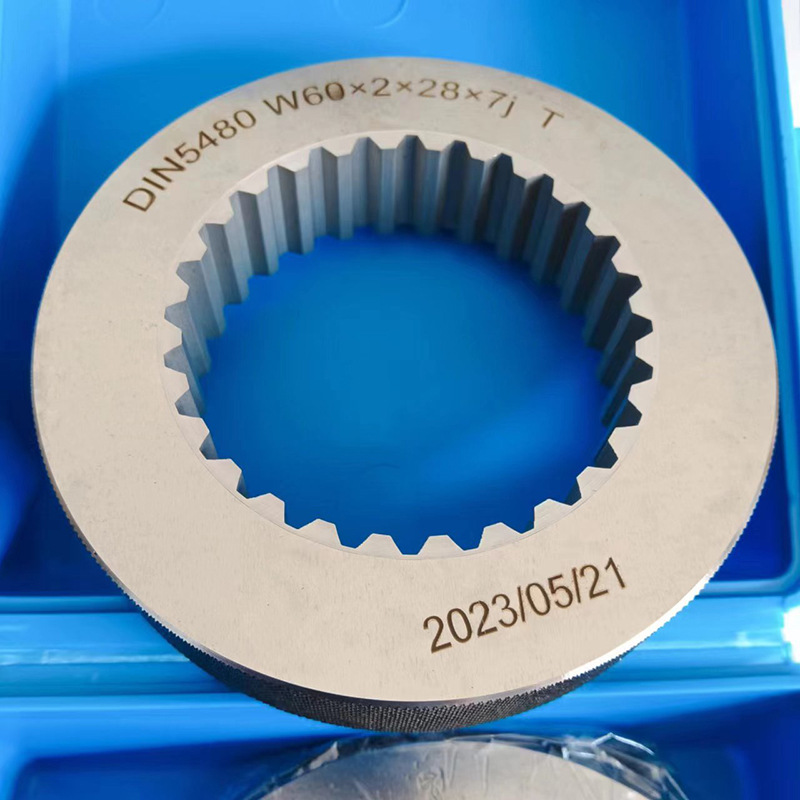11-р сар . 15, 2024 11:35 Back to list
pin gauge measurement
Understanding Pin Gauge Measurement An In-Depth Analysis
Pin gauge measurement is a precise technique widely used in various industries, particularly in manufacturing and engineering, to assess the dimensions of holes, slots, and other features. It involves the use of cylindrical pins, commonly known as pin gauges, which are designed to fit into a hole to determine its size or to confirm whether the hole meets specified tolerances. This article will explore the principles of pin gauge measurement, its applications, advantages, and some best practices for effective utilization.
What is a Pin Gauge?
A pin gauge is a tool that consists of a set of pin-like rods, each with a specific diameter. These pins are made of high-quality materials, often hardened steel, to ensure durability and accuracy. Pin gauges are categorized into two types go and no-go gauges. The go gauge is designed to fit into a hole or opening that meets the desired specifications, while the no-go gauge will not fit if the hole is within tolerance limits. This binary method of measuring helps in quick assessments of part dimensions.
Principles of Pin Gauge Measurement
The principle behind pin gauge measurement is straightforward. The gauge is inserted into the hole to be measured. If the go gauge fits easily, it indicates that the hole is within the acceptable range of sizes. Conversely, if the no-go gauge fits, it suggests that the hole is either too large, out of tolerance, or improperly drilled. Utilizing both gauges allows engineers and technicians to quickly verify whether a component is manufactured according to design specifications.
Applications of Pin Gauge Measurement
Pin gauge measurement finds its applications in various sectors, including
1. Quality Control In manufacturing, ensuring components meet specified tolerances is crucial. Pin gauges enable quality inspectors to assess whether produced parts conform to design requirements. 2. Assembly Verification In assembly processes, pin gauges can verify that components fit correctly, ensuring smooth operation and functionality.
3. Tool Design Engineers utilize pin gauges in the design phase to check hole sizes for proper fit with other components, ultimately improving product reliability.
4. Maintenance and Repair In fields like aerospace and automotive manufacturing, pin gauges are used to assess wear and degradation in parts over time, helping to schedule maintenance before failures occur.
Advantages of Pin Gauge Measurement
pin gauge measurement

1. Simplicity and Speed One of the primary benefits of pin gauges is their straightforward mechanism. They are easy to use and provide quick results, making them a preferred choice for quality control checks on production lines.
2. High Accuracy Pin gauges are manufactured to precise tolerances, ensuring that measurements are accurate and reliable. This reliability is critical in industries where even minor deviations can lead to significant issues.
3. Versatility Available in a range of sizes, pin gauges can be employed for measuring various hole dimensions across multiple applications.
4. Cost-Effectiveness Compared to more complex measuring devices, pin gauges are relatively inexpensive, offering a cost-effective solution for precision measurement tasks.
Best Practices for Using Pin Gauges
To maximize the effectiveness of pin gauge measurement, consider the following best practices
1. Regular Calibration Ensure that the pin gauges are regularly calibrated against standard measurements to maintain their accuracy and reliability over time.
2. Proper Handling Handle pin gauges with care, avoiding any contact with contaminants or excessive force that could damage their form.
3. Correct Environment Perform measurements in a controlled environment, free from extreme temperatures or humidity that may affect material properties.
4. Document Results Maintain accurate records of measurements taken using pin gauges to track and analyze quality over time.
Conclusion
Pin gauge measurement remains a vital tool in the manufacturing and engineering landscape due to its simplicity, speed, and reliability. Understanding how to properly utilize pin gauges can lead to enhanced quality control, better production processes, and ultimately, superior products. As industries continue to evolve, the importance of precise measurements will undoubtedly remain, reinforcing the role of pin gauge measurement in achieving excellence in engineering and manufacturing.
-
Water Valve Gate Design Prevents Leakage and CorrosionNewsJul.11,2025
-
Steel Fab Table Features Reinforced Construction for LongevityNewsJul.11,2025
-
Specialized Valve Designs for High Pressure SystemsNewsJul.11,2025
-
Machinist Gauge Pins Feature Ground and Lapped FinishesNewsJul.11,2025
-
Hose Check Valve Prevents Backflow in Irrigation LinesNewsJul.11,2025
-
Durable Micrometer Tools Withstand Heavy Workshop UseNewsJul.11,2025
Related PRODUCTS









